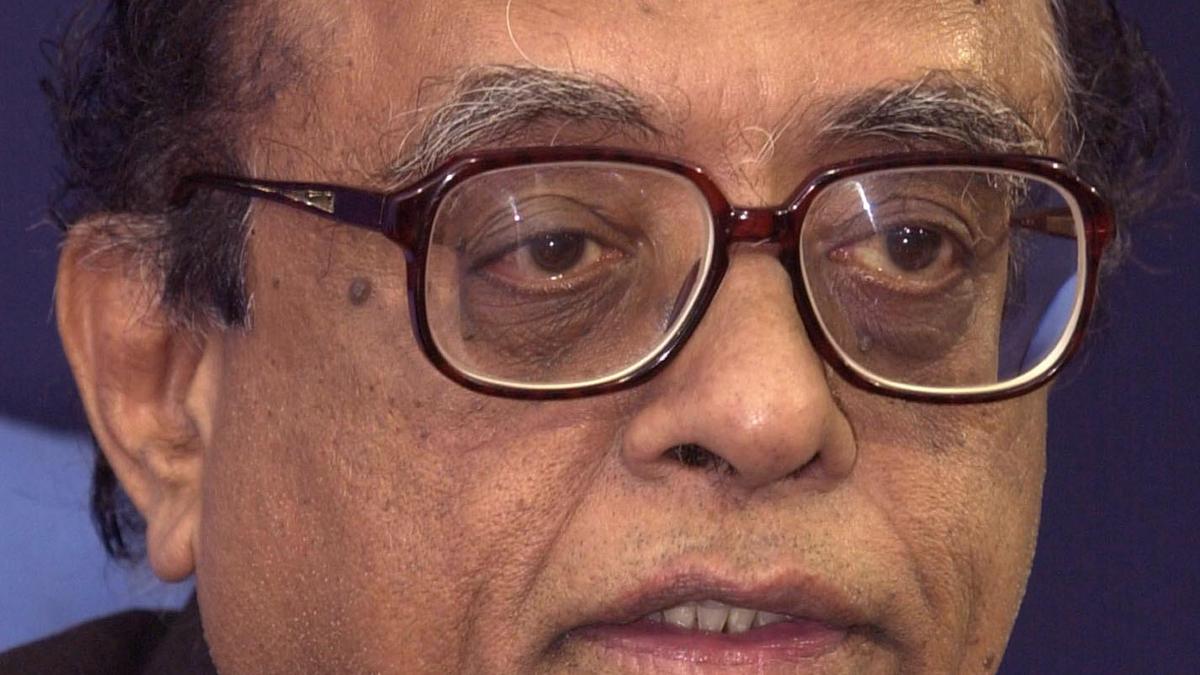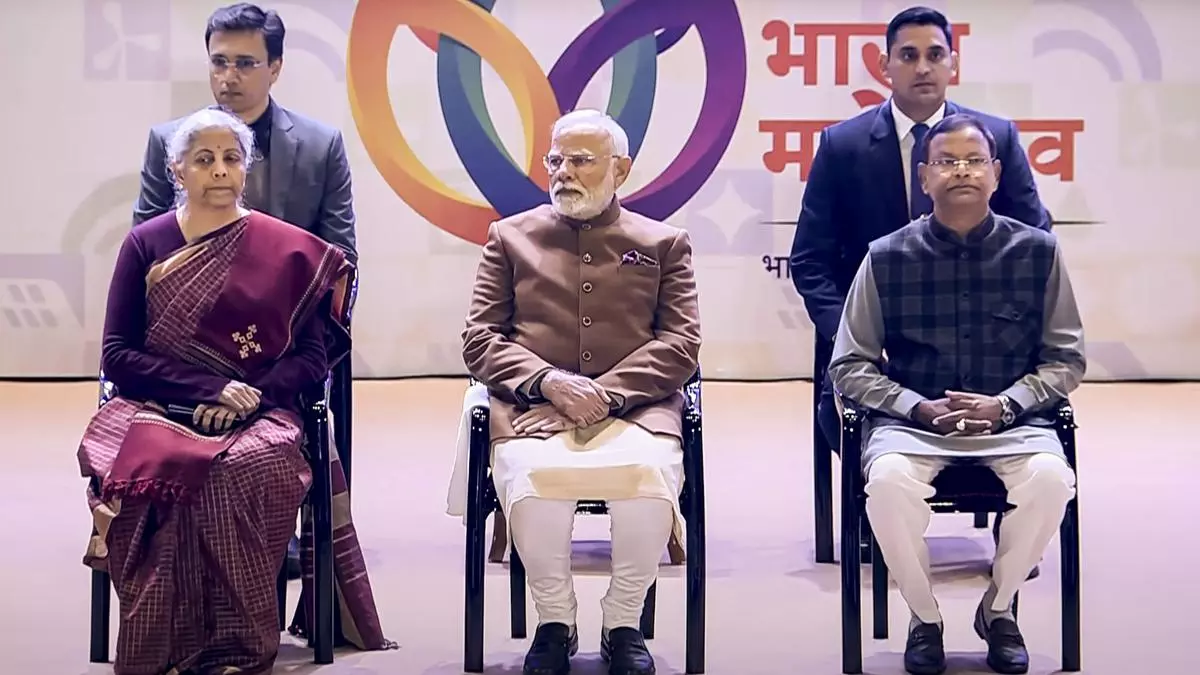The Centre and Insurance Regulatory and Development Authority of India (IRDAI) have been working on blueprints to achieve universal insurance coverage in India by 2047. Work is said to be on, to amend the Insurance Act 1938 to usher in composite licenses for life and non-life insurers, reduce solvency requirements, allow 100 per cent Foreign Direct Investment and so on. However, data from IRDAI’s just-released annual report for 2023-24 shows insurance penetration declining in recent years.
Presenting data from a Swiss Re report, IRDAI has noted that insurance penetration, after inching up from 3.7 per cent in FY16 to 4.2 per cent in FY22 slumped to 3.7 per cent in FY24. This was barely changed from 3.4 per cent a decade ago. This seems counter-intuitive as India has as many as 73 insurers in the fray, with banks and intermediaries hard-selling insurance plans The decade has also seen the rollout of multiple government-run schemes that offer affordable health, accident and life covers to low-income families. Clearly, policymakers need to delve deeper into the root causes for this trend. A good starting point would be devising more relevant measures to gauge insurance penetration, specific to India. Swiss Re data calculates insurance penetration as the percentage of premiums collected by the insurance industry to the country’s GDP. Premiums are a poor indicator of insurance coverage in India, because the life insurance industry focuses on savings products, where only a small fraction of the ‘premiums’ customers pay go to fund insurance cover. Measuring insurance penetration in terms of sum assured would give a better sense of actual coverage. It is critical to have numbers on the proportion of citizens or households covered by life and non-life insurance, rather go by than premium-to-GDP.
That said, it is not unlikely that insurance penetration in India has been flat-lining. Life insurance products have been sold more for their tax breaks than their ability to deliver protection. The withdrawal of tax benefits on the maturity proceeds from investment-cum-insurance plans in recent Budgets and the lack of section 80C benefits under the new tax regime are likely to have dented demand for insurance products. Domestic insurers also seem to have failed to capitalise on the surge in demand during the Covid years of FY21 and FY22. Low persistency ratios, which see majority of policyholders stop paying premiums after the fifth year, hint at rampant mis-selling of investment-cum-insurance plans. In non-life products, buyers seem to be vexed with the patchy claims record.
IRDAI has sought to improve the policyholder experience, by putting in place minimum surrender value norms for life policies, ushering in simplified product literature, mandating lower waiting periods for health covers and so on. These steps need to be accompanied by enforcement actions against mis-selling and awareness creation about the need for protection, for consumers to willingly buy insurance.








Leave a Comment